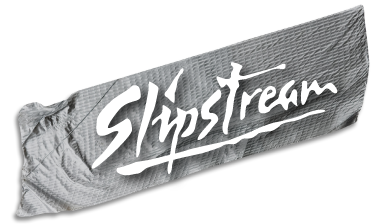Register Now
You will learn:
- Pre-trip planning and contingency planning
- Prevention and assessment of common environmental illnesses and injuries
- How to plan and improvise evacuation of patients with limited resources
Wilderness First Aid 50 – The Essential Course

How do you treat hypothermia when help is hours away? What is the best way to create a splint for someone who has broken their leg on a hiking trip?
Going into the wilderness without having these skills is like travelling without a passport. It might work out, or it might not, but you will have little control over the outcome. By taking the Wilderness First Aid 50 you’ll not only have your passport but travel insurance too.
Who it’s for: For anyone who lives, works, or plays in remote areas and environments where medical attention is difficult to access.
What you’ll gain: The confidence and tools necessary to implement long-term care and stabilization until medical help arrives and for wilderness trips where easy evacuations are possible.
What you’ll learn:
- Pre-trip planning and contingency planning
- Prevention and assessment of common environmental illnesses and injuries
- How to plan and improvise evacuation of patients with limited resources
Program Length: 50-Hours
Blended Delivery Type: Slipstream’s Online Campus + Hands-on Workshop
- 23 Hours Online Campus both pre and post Hands-on Workshop
- 3-Day Hands-on Workshop where participants will engage in hands-on practical first aid techniques, scenarios and evacuation exercises
Content: Environmental illness; such as frost bite and heat illness, Acute sudden illness; such as severe life threatening allergies, heart attacks and strokes and Traumas; such as broken arms and legs, ankle sprains and spinal injuries. Refer to The Topic Menu for complete course content.
Over 25 dates and 8 locations to choose from: REGISTER NOW
Need more than WFA50? Learn about our Wilderness First Aid 90 – The Advanced Course here:
Wilderness First Aid 50 – The Essential Course

How do you treat hypothermia when help is hours away? What is the best way to create a splint for someone who has broken their leg on a hiking trip?
Going into the wilderness without having these skills is like travelling without a passport. It might work out, or it might not, but you will have little control over the outcome. By taking the Wilderness First Aid 50 you’ll not only have your passport, but travel insurance too.
Who it’s for: For anyone who lives, works, or plays in remote areas and environments where medical attention is difficult to access.
What you’ll gain: The confidence and tools necessary to implement long-term care and stabilization until medical help arrives and for wilderness trips where easy evacuations are possible.
What you’ll learn:
- Pre-trip planning and contingency planning
- Prevention and assessment of common environmental illnesses and injuries
- How to plan and improvise evacuation of patients with limited resources
Program Length: 50-Hours
Blended Delivery Type: Slipstream’s Online Campus + Hands-on Workshop
- 23 Hours Online Campus both pre and post Hands-on Workshop
- 3-Day Hands-on Workshop where participants will engage in hands-on practical first aid techniques, scenarios and evacuation exercises
Content: Environmental illness; such as frost bite and heat illness, Acute sudden illness; such as severe life threatening allergies, heart attacks and strokes and Traumas; such as broken arms and legs, ankle sprains and spinal injuries. Refer to The Topic Menu for complete course content.
Over 25 dates and 8 locations to choose from: REGISTER NOW
Need more than WFA50? Learn about our Wilderness First Aid 90 – The Advanced Course.


